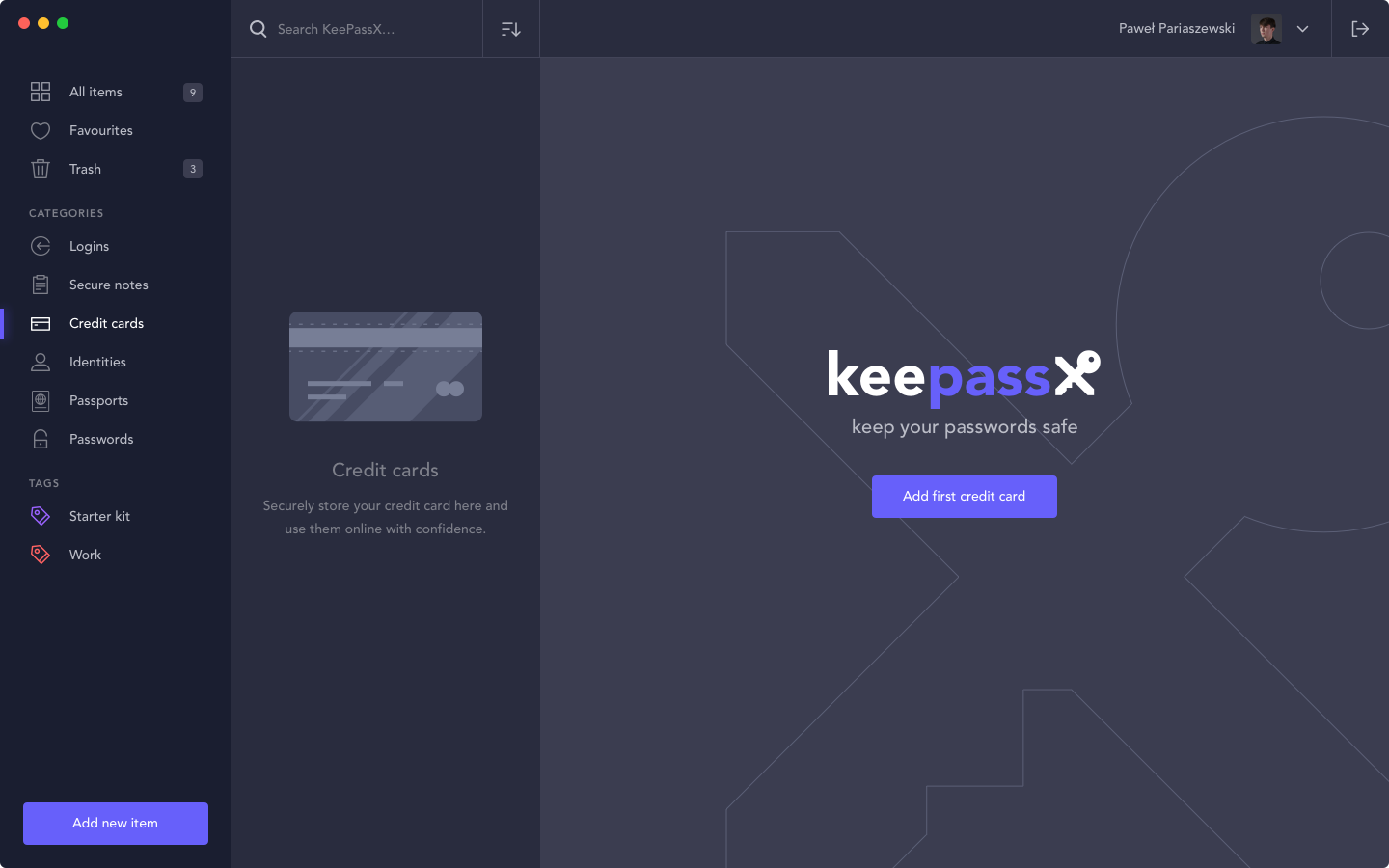
Keepassx custom password#
Once I decided on eschewing a cloud-based password manager for one stored locally, I realized that I'd need a way to provide password access while I was away from my main machine. xml file required by the KeePassX import function. After trying out a few different managers, reading about security concerns, narrowing selections to include only open-source software, et cetera, I decided to go with KeePassX.īy way of providing a few additional notes: see this page for a decent introduction to installation and use, as well as this Ruby script for converting the LastPass. I realized that I felt more comfortable storing my passwords on a local database that I could personally back up and retain, one that neither resided in cloud storage nor was secured by a third party. In reality this was a personal preference, in that for a while I've generally favored exercising more control over my data and the owners of that data my assumption of that control has been incremental but steady. I've recently made the switch to using a local password manager, KeePassX.

With the 2FA I had included from the beginning also enabled, I wasn't worried about it too much. They were hacked twice, in 20, but the nature of the 2015 breach and my confidence in the way LastPass handled password hashing led to a quick change of my master password. It never really stopped being a good utility, even though I gave them up.
Keepassx custom generator#
The browser plugins were also helpful, providing prompts for autofilling credentials and building a password generator into the autofill popup GUI. I jumped on the bandwagon and used LastPass, both because it was (and still is) pretty popular and because I liked the customizable options the end user had on security settings: whitelisting login from select countries adjusting the number of rounds PBKDF2 hashing is conducted to generate login credentials personal login/logout and two-factor authentication options. Furthermore, using strong passwords (and here I'm talking about strings of random alphanumeric characters salted with special characters) with high complexity reduces your vulnerability to dictionary and rainbow table attacks basically, you want to do the opposite of this. Recycling passwords across services can quickly get you into trouble, particularly if you're unaware that you've been pwn3d by an adversary who will continue to leverage your vulnerability for an indeterminate amount of time. Using strong passwords that are unique to everything with a distinct login is a major step towards improving your digital opsec. You can sometimes find good explainers on Reddit when someone asks "What do you use?" I find them pretty informative, and I wanted to provide the same sort of utility here.

Keepassx custom software#
I therefore thought I would write up some basic tutorials about software I use, on the off chance that someone in need stumbles across them and finds them useful.
This might be "the way" to do it, but why is that so? "Because it just is" doesn't count as an acceptable answer. I was really curious about what programs or strategies others were using, particularly when it came to their rationale. The amount of information you can find on ways to keep yourself safe online is daunting, but one of the most challenging aspects of this effort is the separation of good advice from bad (and believe me, there's a lot more of the bad than the good).

I've been trying to improve my digital operational security for the past three or four years, and this has included a lot of tutorial, forum, and Reddit browsing.


 0 kommentar(er)
0 kommentar(er)
